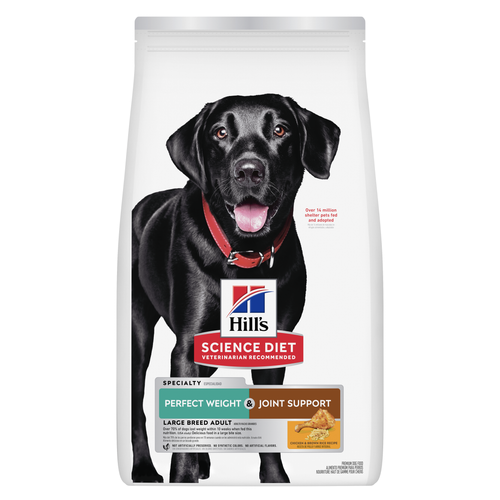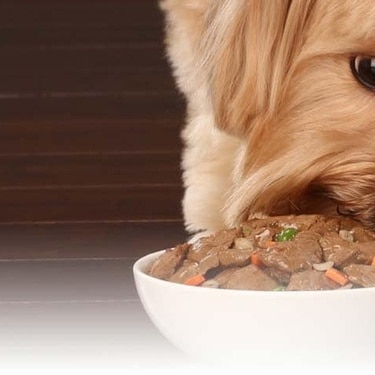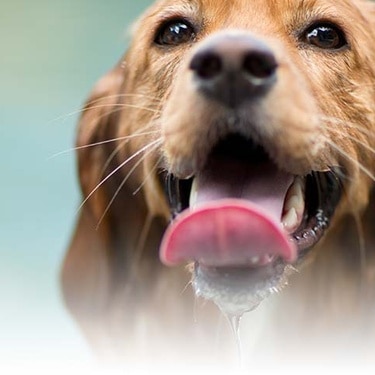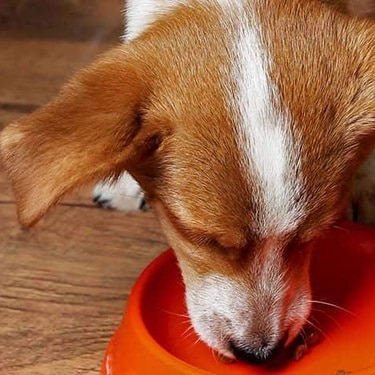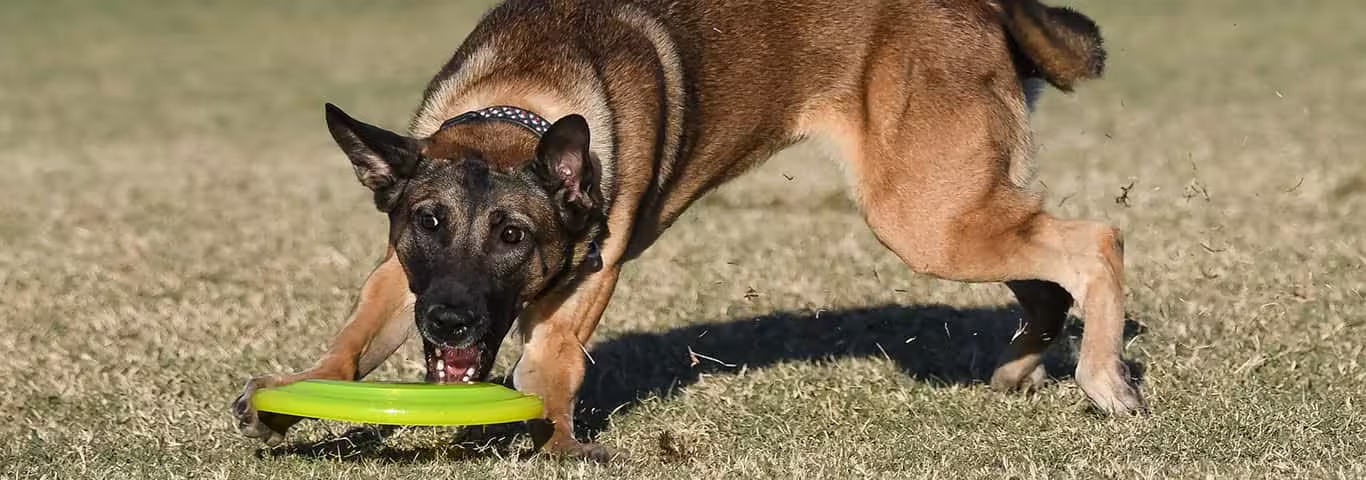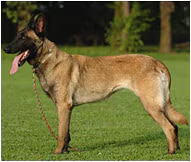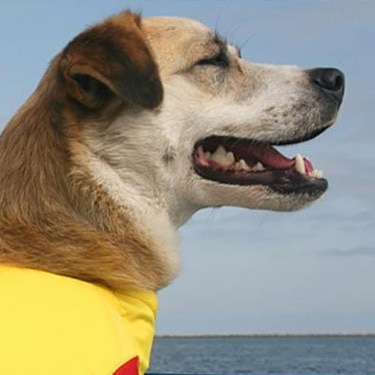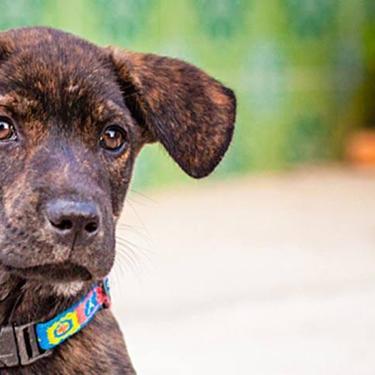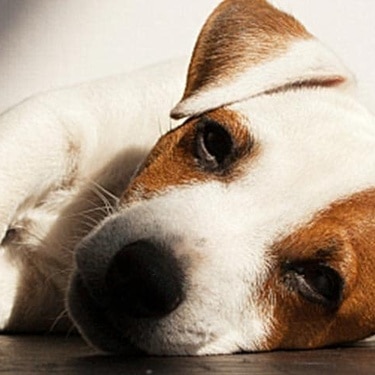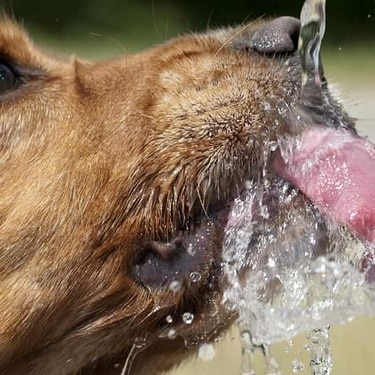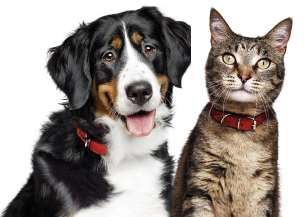The Belgian Malinois excels not only in herding, but also in protection and law enforcement; drug, bomb, and gas detection; search and rescue; tracking; obedience; sledding; agility; and therapy assistance to disabled, ill or elderly people. This dog is demanding and needs an experienced owner. A wide range is seen in temperament and aggressiveness. They want nothing more than to be with their family, which makes them unsuitable as a kennel dog.
The Belgian Malinois is a very smart and obedient dog. He has strong protective and territorial instincts. This breed needs extensive socialization from an early age, and firm, but not harsh, training. Belgians are instinctively protective so they should be trained and socialized very well from an early age. Unless you are specifically working in a protection sport, you do not need to give your Belgian any protection training, as it will come naturally to them. Belgians make excellent pets for the right homes, as they thrive on loving companionship. Malinois instinctively display herding behavior such as chasing and circling, moving effortlessly for hours and nipping at people's heels. The dog is good for working and competitive obedience, but not for toddlers who run and scream. A Belgian Malinois will constantly be trying to keep the toddler in one spot!
The Belgian Malinois can live in an apartment if it is sufficiently exercised. Moderately active indoors, he will do best with at least an average-sized yard. He prefers cool climates, but readily adapts well to others. A Belgian Malinois should live to be 12 to 15 years.
The Belgian Malinois is one of the varieties of the Belgian shepherd. All are named for Belgian villages: Groenendael, Laekenois, Mechelar (Malinois) and Tervuren.
The history of the Belgian Malinois goes back to the 1880s when these dogs (with German shepherds, French shepherds and Dutch shepherds) were called continental shepherd dogs. In 1891, the Belgian Shepherd Dog Club was formed, and a panel of judges determined that there was a congruous type of native shepherd dog that was a square, medium-sized dog with well-set triangular ears. These dogs differed only in the texture, color and length of hair. In 1892, the first Belgian shepherd dog standard was written recognizing three varieties: dogs with long coats, short coats and rough coats.
The Belgian Malinois, along with the Groenendael, was the first variety to appear in the United States in the early part of the 1900s. The Belgian Sheepdog Club of America (the Malinois, Groenendael, and Tervuren were all the same breed at that time) was formed and the breed began to show in the American Kennel Club in the early 1950s. In 1959 the Belgians separated into the three AKC breeds recognized today, sheepdog, Tervuren and Malinois.



